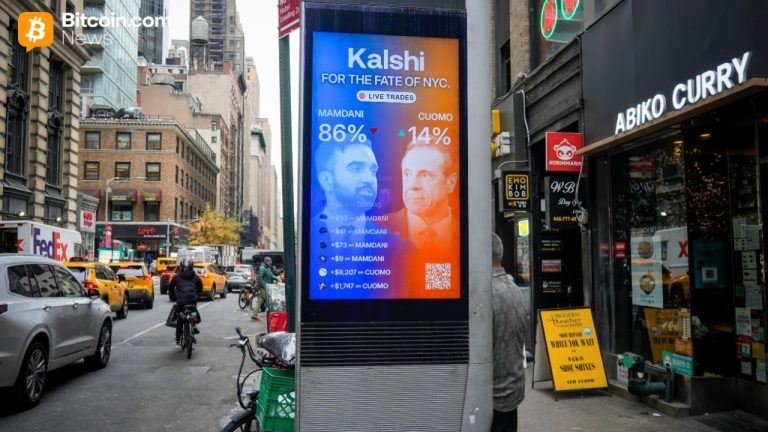California Supreme Court to revisit pension reform issues
2 min read

The California Supreme Court
The new case — Ventura County Employees’ Retirement Association v. Criminal Justice Attorney’s Association of Ventura County — raises the issue of whether unused vacation cash-outs that straddle multiple years could be excluded when calculating retirement benefits.
Santa Barbara County Superior Court granted a summary adjudication in favor of VCERA that was later affirmed by the California Second District Court of Appeal. The Supreme Court agreed to hear the case on April 17, and scheduled oral arguments for Nov. 9.
California Supreme Court
“Designating a 12- or 36-month final average compensation period that straddles multiple years to receive compensation for leave cash-outs greater than the amount a member could receive in one or three calendar years, respectively, is the type of manipulation that the [Public Employees’ Pension Reform Act of 2013] exclusions sought to eradicate,” the appeals court judges wrote
Public employees’ retirement benefits are calculated using either the last year, or prior three years of work, depending on which tier the employee fell in. Many local governments created second employee pension tiers with lesser benefits for new employees as part of pension reform in the years following the 2008 economic crash, as the so-called “California Rule,” a series of 1950s-circa court cases that established ironclad protections for public pensions, makes it difficult to make any changes to existing employee benefits.
California courts were kept busy hearing challenges brought by unions and others for several years after the Public Employees’ Pension Reform Act of 2013 passed.
The cases were followed nationally, because PEPRA was seen as presenting a challenge to the California Rule. Some other states have similar protections.
The state Supreme Court ultimately
In that ruling, the court
Ashley Dunning, a Nossaman partner, and the lead attorney representing VCERA in the court and appeals case, called the high court’s decision to hear the case “surprising news for the California county retirement system community,” in an email client alert posted Monday.
Following the Alameda decision, numerous county retirement boards, including VCERA, took actions to implement the state Supreme Court’s direction that PEPRA’s changes to the County Employees Retirement Law of 1937 must be implemented by county retirement systems, Dunning wrote
The 2020 Alameda decision upheld the constitutionality of changes to CERL that were adopted in connection with enactment of PERPA in 2013, Dunning said.







